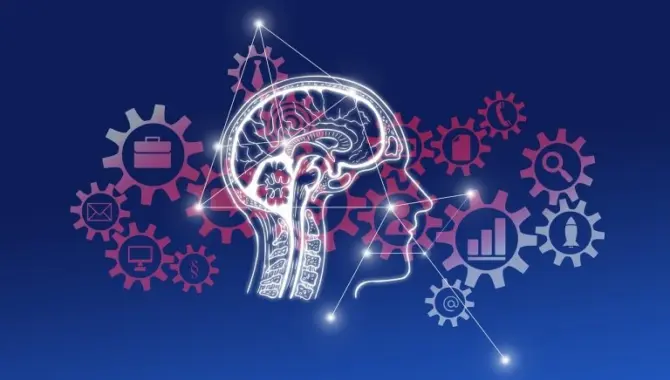
Many people use the terms “artificial intelligence” and “machine learning” interchangeably. After all, they both refer to computational approaches that make things — for lack of a better word — smarter.
But here at Biosero, where we build software every day, we must be very specific about terms like these. For anyone using software to control lab automation, it’s helpful to understand how AI and machine learning can contribute.
AI is the broader term. (So broad, in fact, that Isaac Asimov was writing about the concept back in the 1940s, long before it was even a gleam in a coder’s eye). Today, we define AI as any software that can make decisions or solve problems by itself.
Machine learning — sometimes ML — is a more recent development. This technique is a subset of AI and specifically refers to a model that learns without explicit programming and improves with experience. You can feed data into it and it can make decisions about that data without a defined set of rules for how to make those decisions. Often, machine learning models are incorporated into AI systems; the former assesses data and makes a decision, which enables the AI to act upon that decision in a certain way. An even newer subset of both AI and machine learning is deep learning, which employs neural networks to hone the decision-making process.
To illustrate, let’s take a look at how Biosero uses AI and machine learning in its Green Button Go® tools for laboratory automation. We rely on AI to improve the performance of our tools over time; they’re designed to learn from past results to operate more efficiently the next time. Since our software takes in so much data — collecting valuable information throughout the experimental process — AI is a natural fit. Our Green Button Go Scheduler software incorporates machine learning to process data iteratively from previous experiments and make decisions about where efficiencies can be gained. The broader AI system then takes that information and can choose to adjust plate loading speeds, deadlock avoidances, instrument pooling, increased probability for task success, and many other factors to improve overall system performance and process efficiency. Taking the technology one more step further, Green Button Go Orchestrator leverages AI and machine learning to optimize the efficiency of laboratory workflows within your environment by analyzing real-time data. With readily available data, you can make dynamic decisions about what action to perform next, leveraging retro-process metrics to improve overall performance on the next workflow iteration.
Learn more about our software solutions or contact us for a demo.


Want to automate smarter, not harder? Join the Biosero newsletter and stay in the loop with the latest lab automation strategies, success stories, and product updates.


